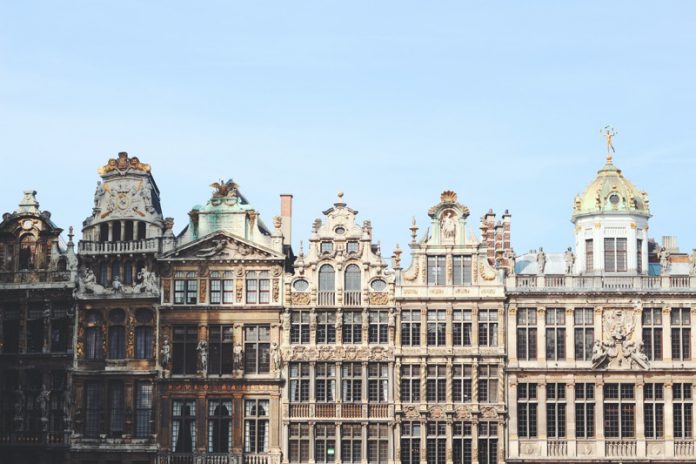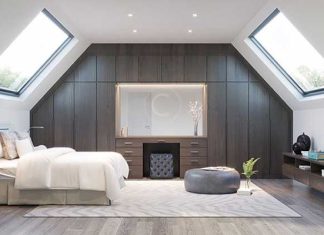European-style architecture is already familiar to the ear. Buildings with extraordinary artistic value make people around the world admire European-style architecture.
Interestingly, European-style architecture is still a trend even in today’s modern times. One of them is France. The buildings with European-style architecture make France a country that maintains European culture. Beautiful carvings make it look more attractive and different.
European-style architecture is far from simple. Every European-style building will have very intricate carvings and details. However, every detail has deep meaning and significance. So that the impression given is more classy and expensive. This is why people who love art prefer to become Architecture Masters in Europe.
In this article, we have provided European architectural styles for those of you who want to know more about architecture in European style.
Gothic Style
Gothic style or better known as the Romanica era. This architectural style was developed by several countries in Europe such as Spain, England, Belgium, France, Italy, Germany, and the Netherlands.
Actually, the meaning of the gothic style itself is very bad. This architectural style has the meaning of destroyer. So, initially, Giorgio Vasari discovered this term in the general public. Where this term is a designation for rude and barbaric cultured people. However, if interpreted in English, this designation means destroyer. Gothic style is the opposite of the Renaissance Style which we will discuss next.
Renaissance Style
It is easy to recognize the Renaissance Style. When you are in a European country, have you ever seen a building with Roman or Greek-style columns? Where on these poles have very complicated and beautiful details.
The Renaissance style was originally present because Europeans were longing for the revival of Rome and Greece. Where at that time the European community is in a state of decline. This is why this style is dominant with Classical-style columns influenced by Greek and Roman buildings.
Renaissance Style itself can still be found in government buildings in European countries.















